SSD Lifespan: How Long Do Solid-State Drive Last

I think there's an issue with my storage device, but I'm not sure
Start a free evaluationHow long Solid-State Drives last is a question that many people have when considering upgrading their computer's storage. As a new technology, users wonder what's is the SSD lifespan. Solid state drives, or SSDs, are known for their faster access times and improved performance compared to traditional hard drives.SSDs have become increasingly popular due to their faster speeds and durability compared to traditional hard drives.

SSDs Have a Long LifespanWhile there is no definitive answer to this question, most experts agree that the lifespan of an SSD can range from 3 to 10 years depending on usage and maintenance. Factors such as the number of writes and the quality of the drive can affect its longevity. Overall, it is important to regularly back up important data and monitor the health of your SSD to ensure it lasts as long as possible.
Top Summary: Solid-state drives (SSD) are a popular storage solution for computers and laptops due to their fast data transfer speeds and durability. This technology is more resistant to physical damage than other storage devices as well. However, like all electronic devices, SSDs have a limited lifespan and will eventually fail. The average lifespan of an SSD can vary depending on the type and model of the drive, as well as how it is used and cared for. Proper maintenance, such as regular defragmentation and avoiding excessive temperatures, can help extend the life of an SSD.
How to estimate an SSD’s lifespan
With solid-state drives being fairly new to the market, manufacturers are yet to figure out how many years they can last. But you can calculate how long your solid-state drive will last by following a few steps.To estimate SSD’s lifespan, vendors currently resort to three different metrics:
- The SSD age
- The total number of terabytes written over time (TBW)*
- The drive writes per day (DWPD)
*You can see your device’s TBW on the manufacturer page.
Factors that affect how long solid-state drives last
Age is a valuable determinant in the performance and longevity of an SSD. The most recent estimates put the age limit for SSDs around 10 years. Although the average SSD lifespan is shorter. TBW (terabytes written) estimates how many successful write cycles you can expect a drive to make over its lifetime. It calculates the SSD endurance. If a manufacturer claims their SSD has a TBW of 150, it will mean the drive can write 150 terabytes of data. Once that threshold is hit, you’ll likely need to replace it. DWPD (drives written per day) refers to the number of times users can overwrite the amount of available storage on a disk each day. If the SSD has a 200GB capacity and comes with a five-year warranty, for example, users can write 200GB to the drive every day during the warranty period before it fails.
How to calculate how long the SSD will last
The formula for calculating SSD lifespan in years:The total number of years it will last = [Number of Days x TBW x 1000] / [Total Writes* (in GB) x 365]Daily Writes Per day = Total Writes (in GB) / Number of Days*To learn this number you’ll need a third-party app.For example, an SSD withTBW = 100TBNumber of Days = 120 days from the purchase dayTotal Writes currently = 180 GB. Lifespan in Years = (120 x 100 x 1000) / (180 x 365) = 182,6This means that the SSD of our example will last 182,6 years.Daily Writes per day = (180 / 120) = 1.5 GB/day
How to increase SSD durability?
To increase the durability of an SSD, it is important to avoid exposing it to extreme temperatures and to use it in a device that provides proper ventilation.You can also:
- Enable TRIM
- Disable SSD defragmentation
- Disable Prefetch and Superfetch
Enable TRIM
The TRIM command notifies the SSD master controller of which pages are free to receive new data after the deletion.To enable TRIM you have to access Command Prompt on your computer and choose Run as Administrator.

Type: fsutil behavior query disabledeletenotify and hit Enter.The message DisableDeleteNotify = 0 means that the TRIM is enabled.
Disable SSD defragmentation
If you’re wondering if you should defrag your SSD, take this advice: SSDs don’t need defragmentation. Disable it to guarantee a longer life for your SSD.Step 1. Enter disk defrag in the search box. Then, click Disk Defragmenter to run it.Step 2: Disable disk defragmentation, in case it is enabled.

Disable prefetch & superfetch
Just as with defragmentation, prefetch and superfetch are not necessary for SSDs.To disable Prefetch.Step 1. Press the Windows + R keys (or search and open for the Run app) and type regedit in the Run box to open Registry Editor.

Step 2. Go to
HKEY_LOCAL_MACHINE > SYSTEM > CurrentControlSet > Control > SessionManager > Memory Management > PrefetchParameters

Step 3: Select PrefetchParameters and double-click EnablePrefetcher to change its value to 0. Then, click OK to save changes.

To disable Superfetch.Step 1. Press Windows + R keys (or search and open for the Run app) and then type services.msc to open the Services window.

Step 2. Find Superfetch and right-click it to select Stop to disable it.To do it on Windows 11 you must find the SysMain.Then, right-click it and select Properties. On the new window, click on the Startup type dropdown menu, and select Disabled.

Click on the Stop button under Service status and then click on OK to save the changes.Restart your computer to save the configurations.
What are SSDs?
SSDs are a type of storage device that is commonly used in computers and other electronic devices. Unlike traditional hard disk drives (HDD), which use spinning disks to store data, SSDs use memory chips. This allows them to access data much faster and with lower power consumption. SSDs are also generally more durable and resistant to damage than hard drives, as they have no moving parts. They are often used as a high-performance alternative to hard drives, particularly in laptops and other portable devices where speed and durability are important.SSDs work by using flash memory chips to store data, allowing for faster access times and improved performance compared to traditional hard drives. Some notable SSD manufacturers include Sandisk, Transcend, Samsung, Crucial, Kingston, and many more.
Do Solid-State Drives Fail?
Yes, the SSD does fail. Most SSD failure causes are due to how they work to store data.When the failure requires SSD data recovery, the solution is to contact professionals with the proper tools, a cleanroom, and knowledge to guarantee successful recovery.You’ll need to contact a trustworthy data recovery lab to regain access to your data. Given that, SalvageData offers you a free examination of your device along with extremely competent help in mastering these challenges and getting lost files successfully recovered.
TL; DR: SSDs are storage devices that use a non-volatile form of flash memory to store and access data. How long an SSD will last depends largely on how it is used and how often it is accessed. With careful use, SSDs can have a lifespan of up to 10 years or more.
Related services
These are the most commonly requested data recovery services. At our headquarters' cleanroom lab, our certified engineers conduct a thorough review of any type of physical storage device, determining if there is logical or physical damage and carefully restoring all of the lost files.ces.

External Drive Data Recovery
We recover data from both external SSD and HDD drives. Rely on certified experts to restore your important files from damaged or corrupted external drives.
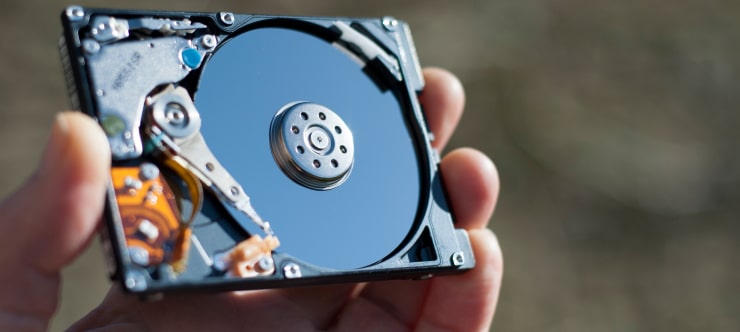
Hard Drive Data Recovery
Recover data from all brands of HDD, PC hard drives, and hybrid disks. Our specialists ensure fast and secure recovery for any data loss scenario.
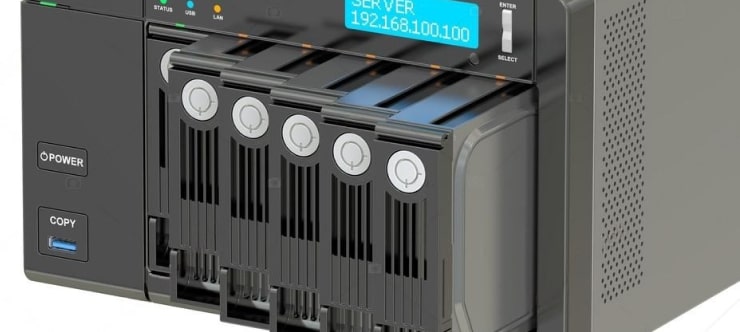
NAS Data Recovery
Recover data from NAS devices, including RAID configurations. Our team handles all types of NAS systems and ensures data recovery with minimal downtime.
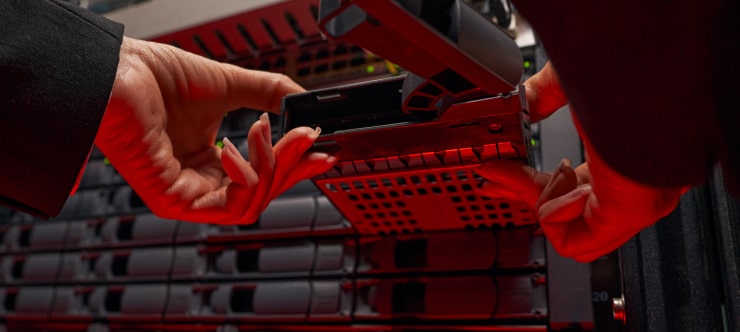
RAID Data Recovery
Our RAID data recovery services cover RAID 0, 1, 5, 10, and other configurations. We offer expert solutions for failed, degraded, or corrupted RAID arrays.

SAN Data Recovery
Our team specializes in handling SAN devices from leading manufacturers like Dell EMC, HP, and IBM, ensuring efficient recovery with minimal disruption to your operations.
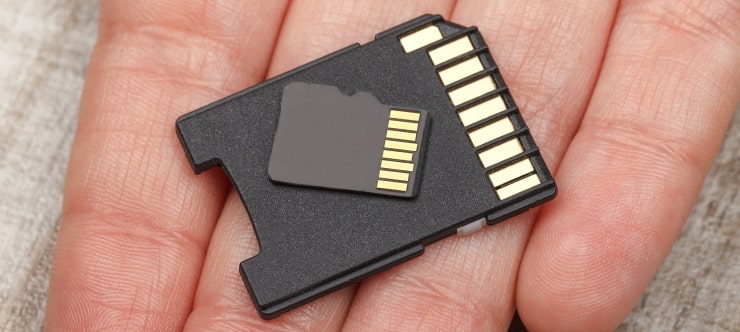
SD Card Data Recovery
Our recovery experts specialize in restoring data from SD and memory cards. We guarantee quick recovery with a no-data, no-charge policy.
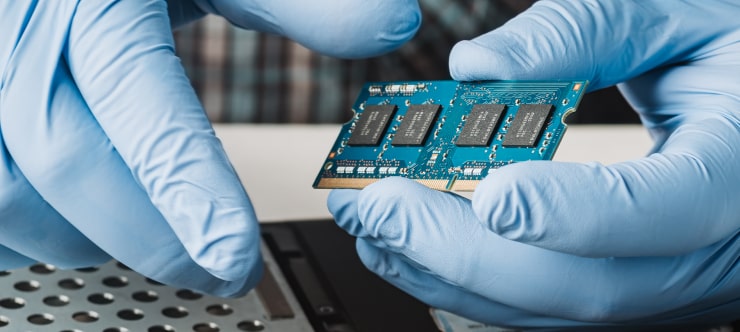
SSD Data Recovery
Our data recovery experts handle all SSD data loss scenarios with advanced tools, ensuring maximum recovery with high-security protocols.

USB Flash Drive Data Recovery
Recover lost data from USB flash drives, regardless of the damage or brand. We offer free in-lab evaluations to assess data recovery needs.
If you’re unsure about which data recovery service to choose, let our team assist you in selecting the appropriate solutions. We understand the anxiety that comes with a sudden drive failure, and we are more prompt in our actions compared to other recovery service providers.



